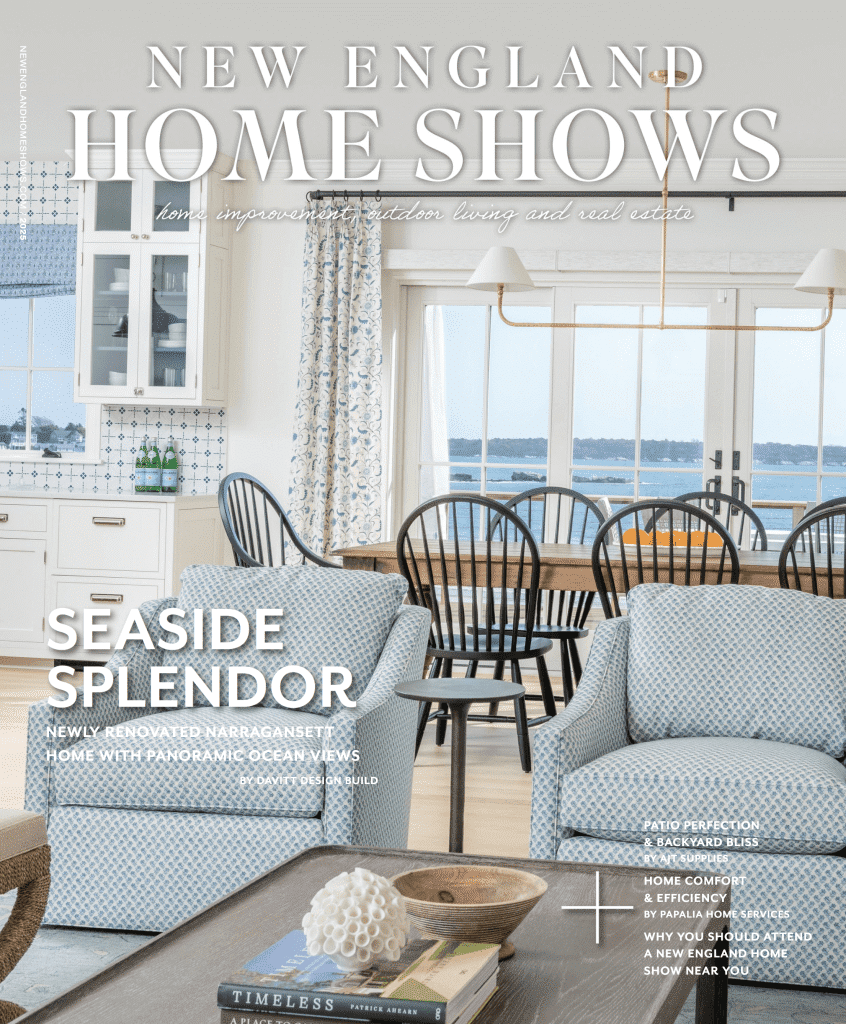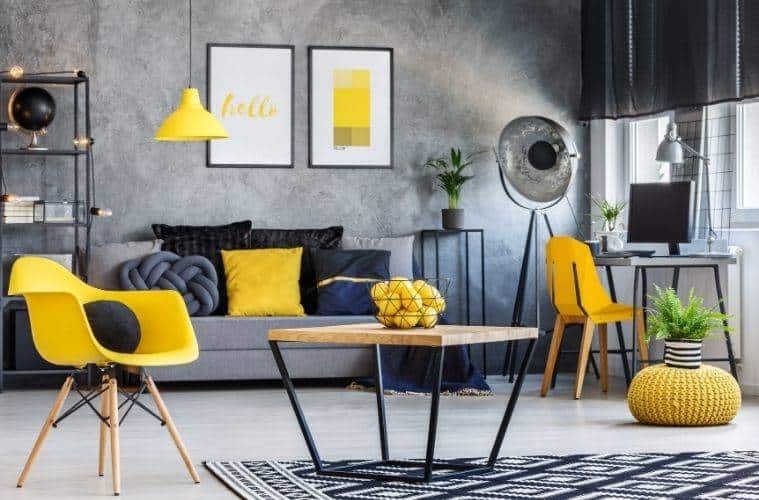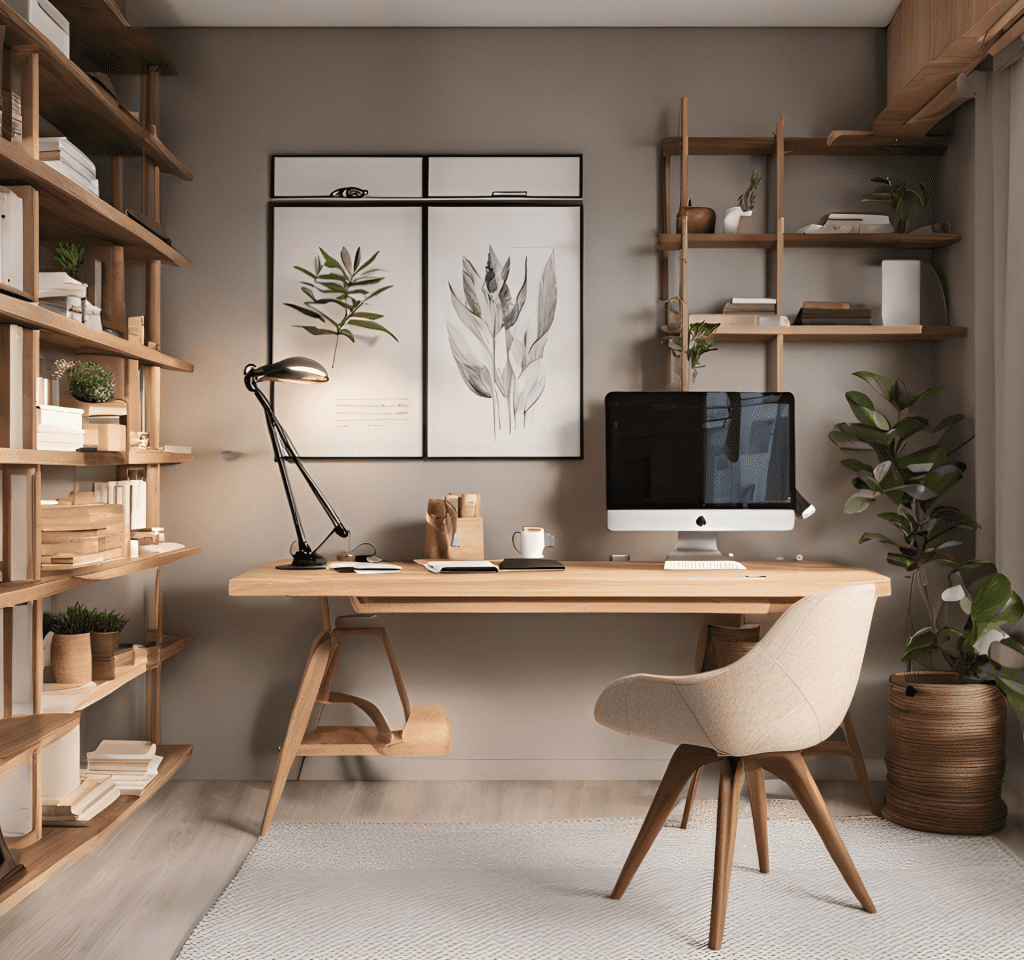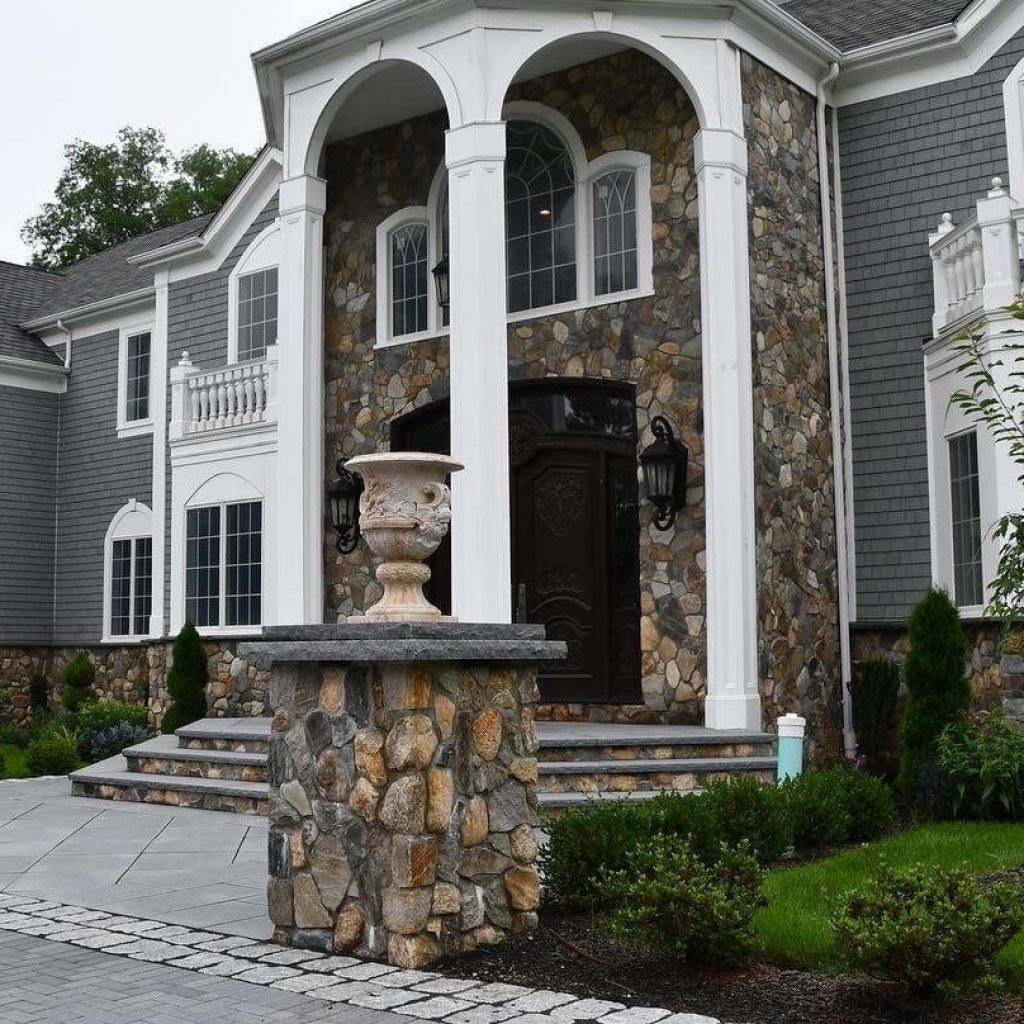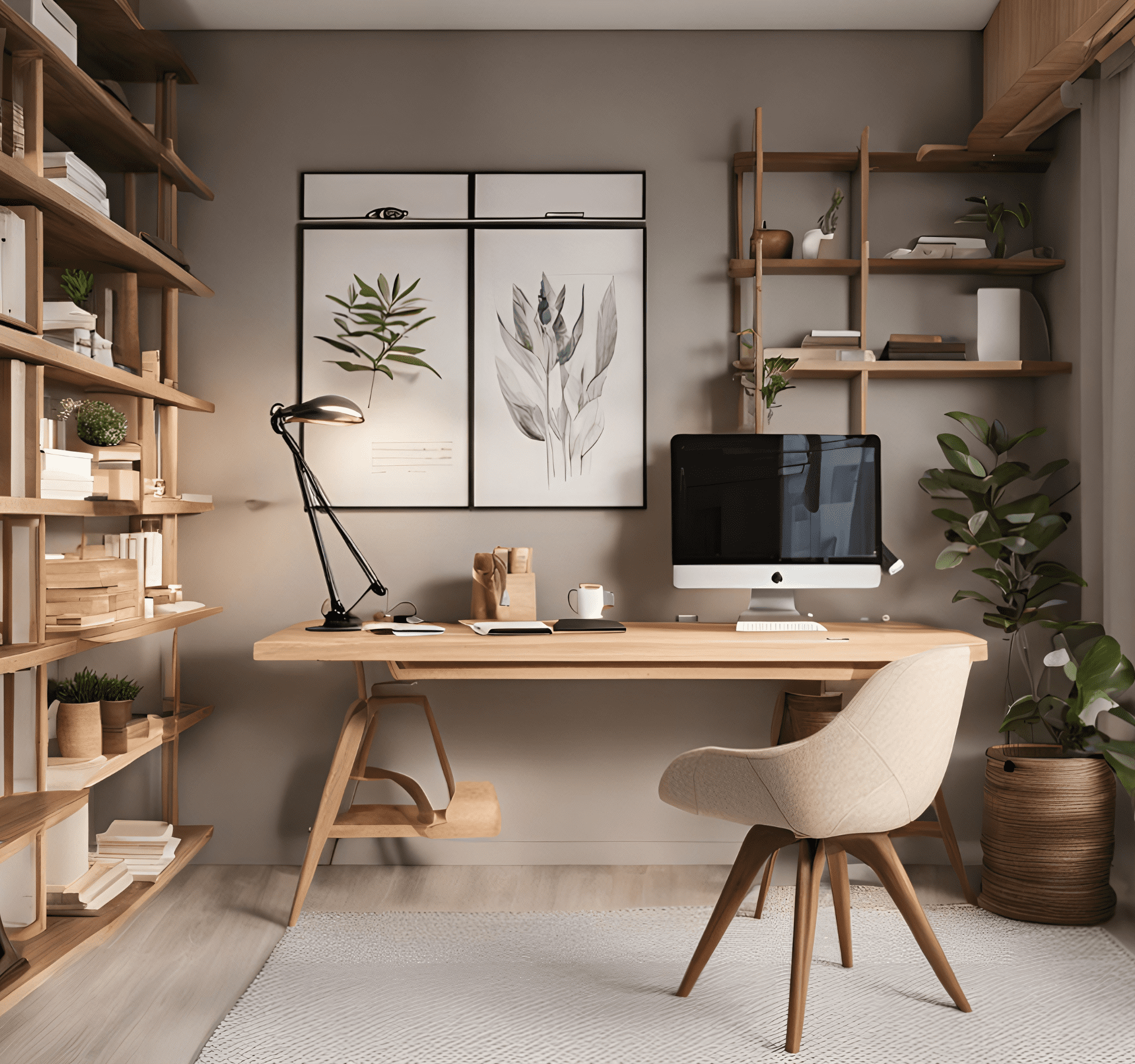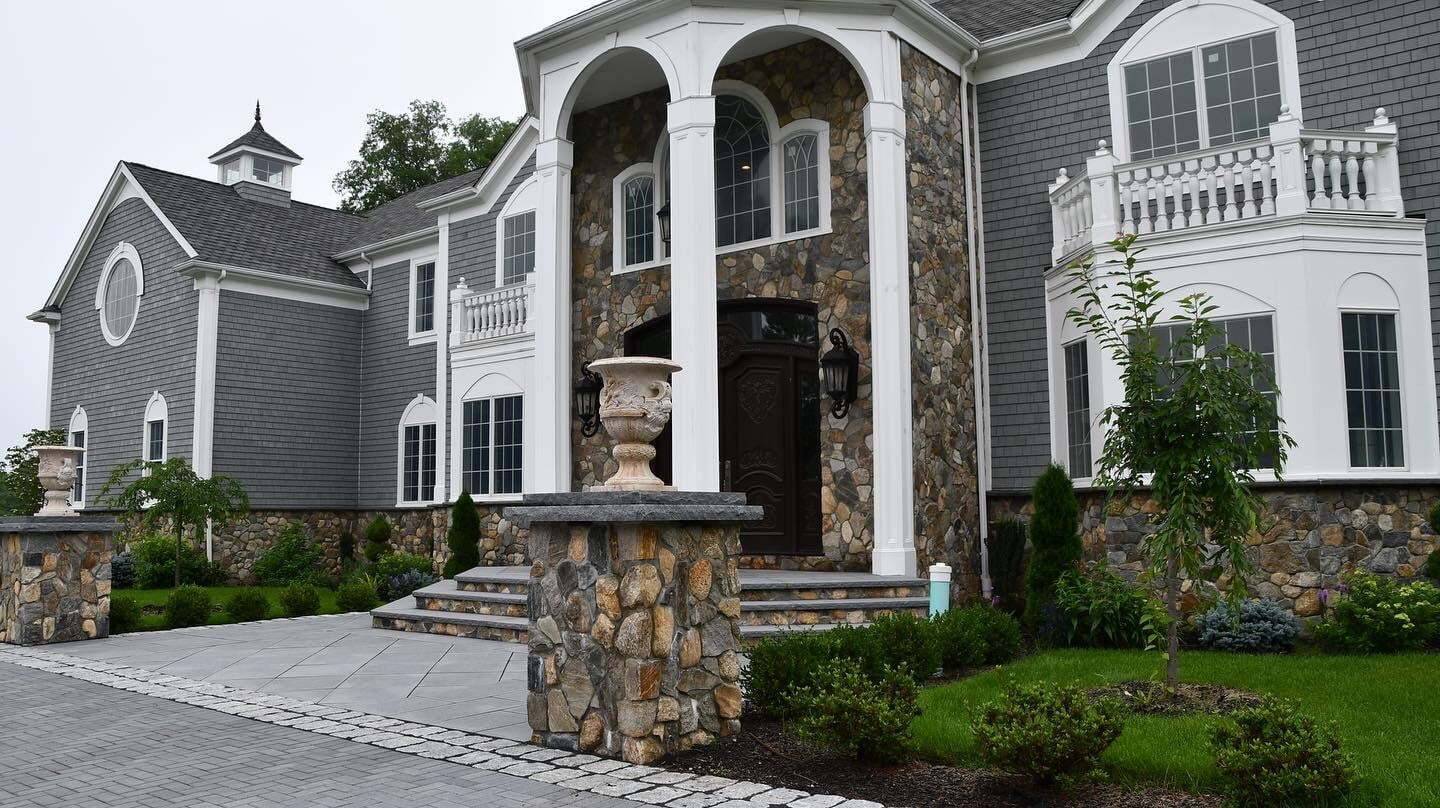It’s easy to make unattractive design mistakes in your home, which is why people often follow certain decorating guidelines. However, following these to a T can get boring. Not every piece of advice is applicable in every situation, either. With this in mind, read on to learn about interior decorating rules you should break.
Using Only Light Colors in Small Rooms
The thinking behind using light colors in small rooms is that this will make them feel more spacious. Dark walls and décor can make a room appear smaller, but this isn’t always a bad thing. If you want to create a sense of cozy comfort, you could opt for darker colors. Having dark walls can make light fixtures and windows stand out more because of the clear contrast. If you want to accentuate certain aspects of a room, a dark backdrop can prove useful.
Having a Pop of Color in Every Room
You often hear the phrase “adding a pop of color” in interior decorating. This refers to the practice of keeping most of the room neutral and using a small dose of bright hues as accents. The bright colors bring energy to otherwise bland rooms without overpowering them. Pops of color aren’t necessary in every room, though. Sometimes, you may want an entire room to stick to unassuming tones so that other characteristics, such as texture, can shine. Plus, overusing accents can cause them to lose their impact.
Never Mixing Multiple Patterns in One Room
Another common interior decorating rule you should break is never mixing multiple patterns in one room. Many people prefer to restrict themselves to a singular pattern to avoid creating an unsightly visual conflict between pieces in a space. But if your sense of style is naturally lively, following a rule of one pattern per room can feel limiting. You can mix different patterns successfully, though it can be somewhat tricky. Staying within an overall color palette or making connections through a certain motif can help when using more than one pattern. Your walls, sheets, rugs, upholstery, and pillow are perfect mediums to use as you experiment. For the walls, wallpaper is better than paint when mixing patterns, because it provides lots of pattern variety for you to work with.

